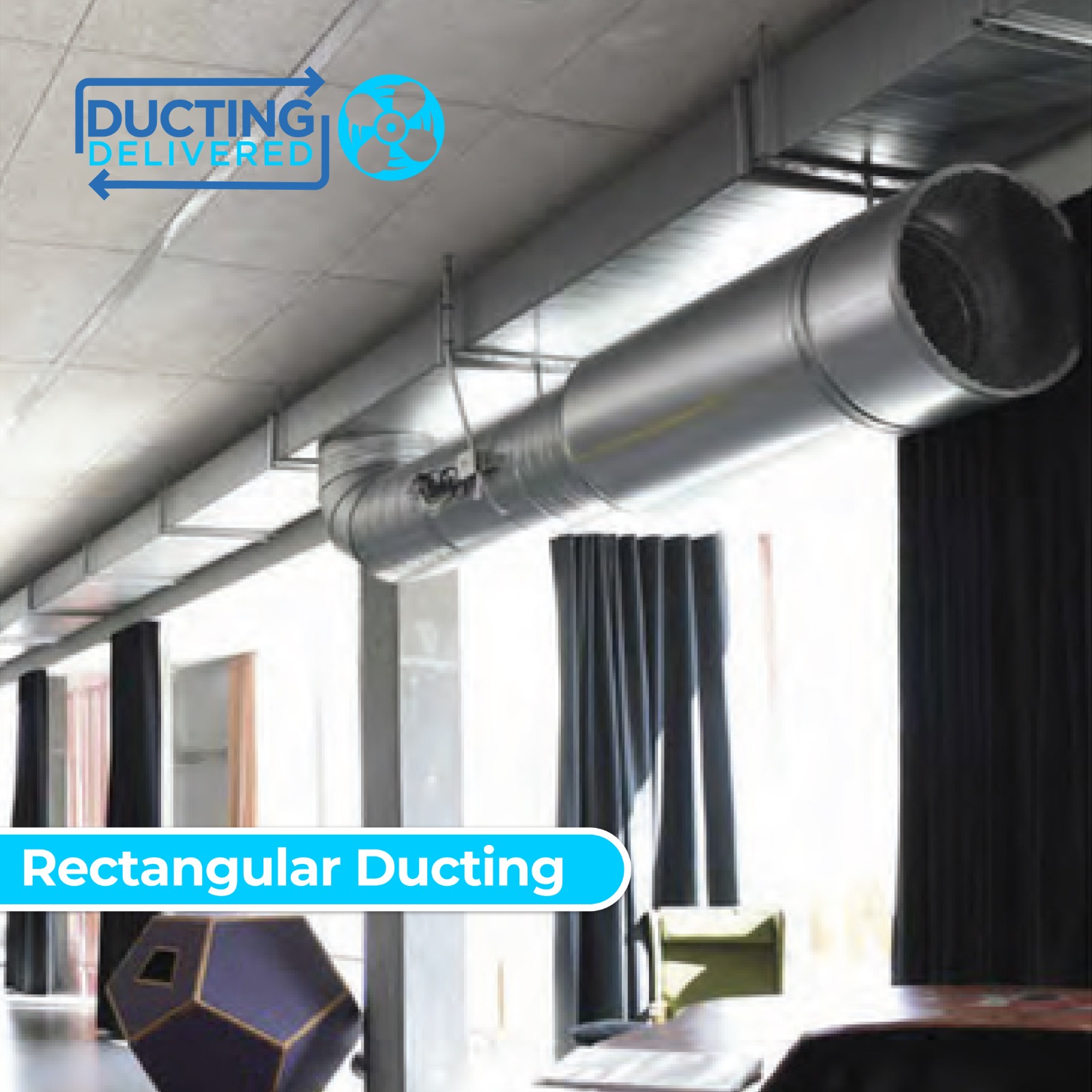What are the advantages and disadvantages of using rectangular ducting in HVAC systems
Rectangular ducting is a common choice in HVAC (Heating, Ventilation, and Air Conditioning) systems due to its unique characteristics and practicality. Here’s an in-depth look at the advantages and disadvantages of using rectangular ducting in these systems:
Advantages of Rectangular Ducting:
Space Efficiency:
Rectangular ducting is often more space-efficient compared to other duct shapes, such as circular or oval ducts. This is particularly beneficial in buildings with limited ceiling or floor space. The flat surfaces of rectangular ducts can fit snugly against walls, ceilings, and other building structures, optimizing the use of available space.
Ease of Installation:
Rectangular ducts are relatively easier to fabricate and install. The flat sides make it simpler to join sections together, and the ductwork can be custom-sized to fit specific dimensions. This adaptability makes rectangular ducting a practical choice for both new constructions and retrofitting projects.
Cost-Effectiveness:
In many cases, rectangular ducting can be more cost-effective than other shapes. The materials used for rectangular ducts are often less expensive, and the fabrication process is straightforward. This can result in lower overall installation costs, making it a preferred option for budget-conscious projects.
Airflow Management:
Rectangular ducts can provide effective airflow management in HVAC systems. The shape allows for efficient distribution of air across large spaces, and the ducts can be designed to accommodate various airflow requirements. Additionally, rectangular ducts can be easily modified to include dampers, filters, and other airflow control devices.
Aesthetics and Integration:
The flat surfaces of rectangular ducts allow them to be more easily integrated into building designs without being obtrusive. They can be concealed behind walls or within ceilings, maintaining the aesthetic integrity of the space. When exposed, they can also be incorporated into industrial or modern architectural styles.
Also visit our website home page: https://ductingdelivered.co.uk/
Disadvantages of Rectangular Ducting:
Pressure Loss:
One of the primary drawbacks of rectangular ducting is the potential for higher pressure loss compared to circular ducts. The sharp angles and flat surfaces can create turbulence within the airflow, leading to inefficiencies. This can necessitate more powerful fans or blowers to maintain the desired airflow, increasing energy consumption.
Leakage:
Rectangular ducts have more seams and joints than circular ducts, which can increase the likelihood of air leakage. Proper sealing and insulation are crucial to minimize leakage, but this can add to the installation and maintenance costs. Leakage can also reduce the overall efficiency of the HVAC system.
Acoustic Issues:
The flat surfaces of rectangular ducts can lead to more noise transmission compared to round ducts. The shape can amplify vibrations and noise from the HVAC system, which may require additional soundproofing measures. This can be a concern in settings where noise levels need to be minimized, such as offices or residential buildings.
Structural Strength:
Rectangular ducts may not be as structurally strong as circular ducts, especially over long spans. The flat sides can be prone to bending or collapsing under pressure or due to external forces. This can necessitate additional support structures or thicker materials, potentially increasing the overall cost and complexity of the installation.
Cleaning and Maintenance:
The corners and flat surfaces of rectangular ducts can make cleaning and maintenance more challenging. Dust and debris can accumulate in the corners, requiring more thorough cleaning procedures. Regular maintenance is essential to ensure optimal performance and indoor air quality, but this can be more labor-intensive with rectangular ducts.
Conclusion:
Rectangular ducting in HVAC systems offers a range of advantages, including space efficiency, ease of installation, cost-effectiveness, effective airflow management, and aesthetic integration. However, it also comes with certain disadvantages such as higher pressure loss, potential for leakage, acoustic issues, structural strength concerns, and maintenance challenges. The decision to use rectangular ducting should be based on a careful consideration of these factors in relation to the specific requirements of the HVAC system and the building design.

